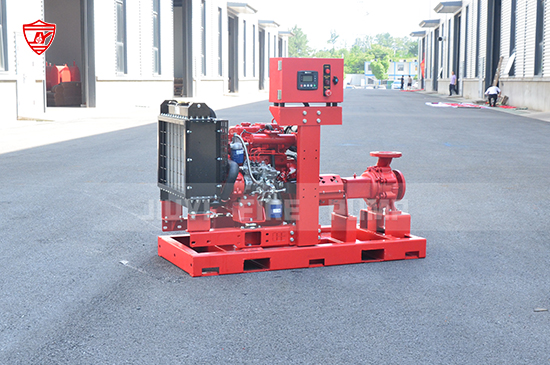Fire pumps are the backbone of fire protection systems, ensuring adequate water pressure during an emergency. However, like any mechanical equipment, they can degrade over time. Identifying early warning signs of failure is crucial to maintaining fire safety and preventing costly repairs or system downtime.

Excessive noise, rattling, or vibrations during operation can indicate misalignment, bearing wear, or cavitation issues. These problems, if left unchecked, can lead to pump failure.
Fire pumps should provide a steady and adequate pressure. If there are sudden drops or inconsistent pressure levels, it could signal valve obstructions, air leaks, or a failing pump impeller.
If the electric or diesel fire pump motor is running hotter than usual, it could be due to overloading, lack of proper ventilation, or deteriorating components. Overheating can cause severe damage to the pump and affect system performance.
A fire pump that takes longer than normal to prime or struggles to start may have air leaks, clogged suction lines, or a failing motor. Prompt troubleshooting can prevent full system failure.
Visible leaks, rust, or corrosion around pump casings, valves, or seals indicate wear and potential failure points. Regular inspections can help detect these issues before they escalate.
Modern fire pump systems have monitoring alarms to detect failures. Frequent alarm activations or error messages should never be ignored and should be investigated immediately.
By recognizing these early warning signs and implementing a proactive maintenance plan, you can ensure your fire pump system remains reliable, compliant, and ready for emergency situations.